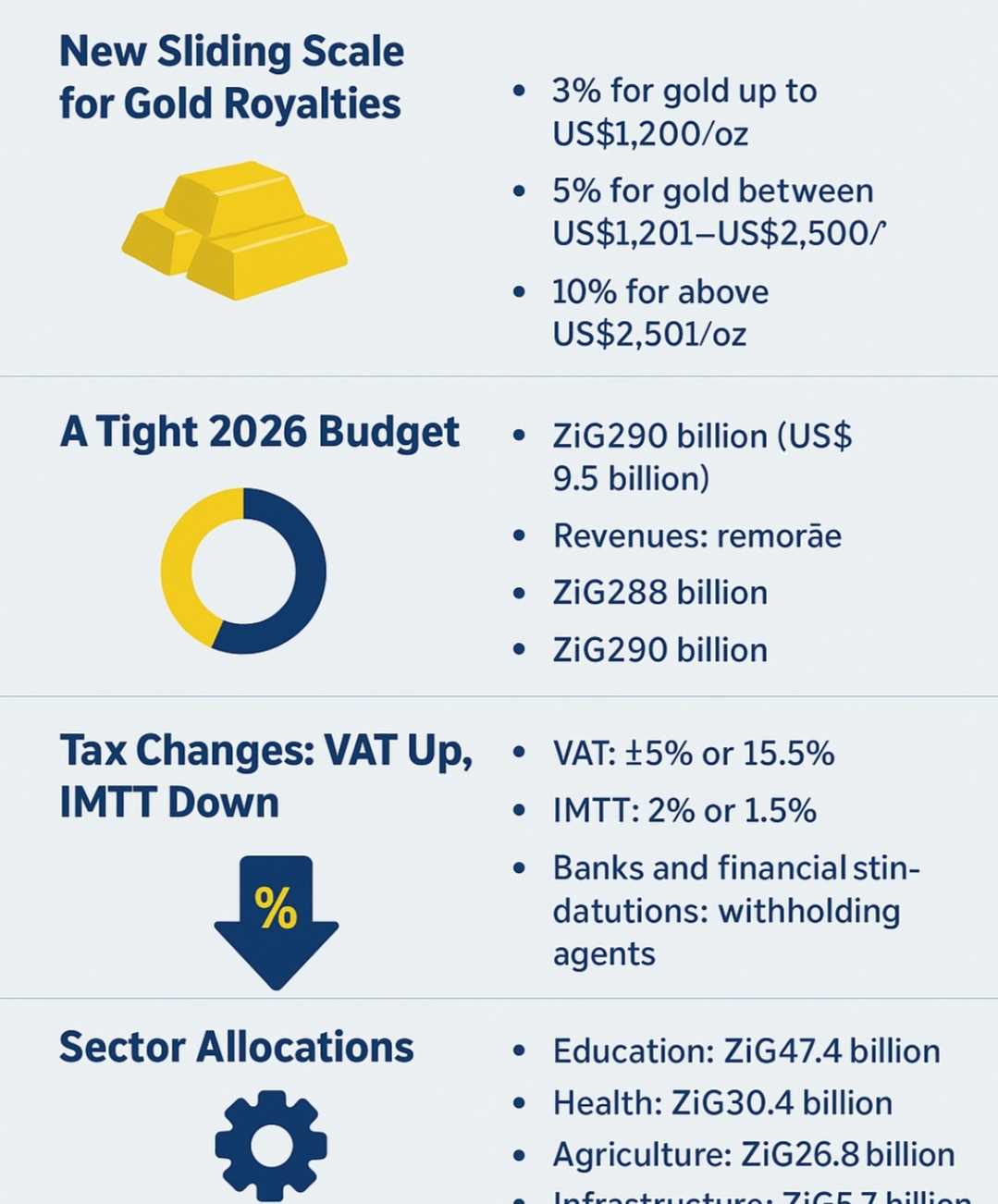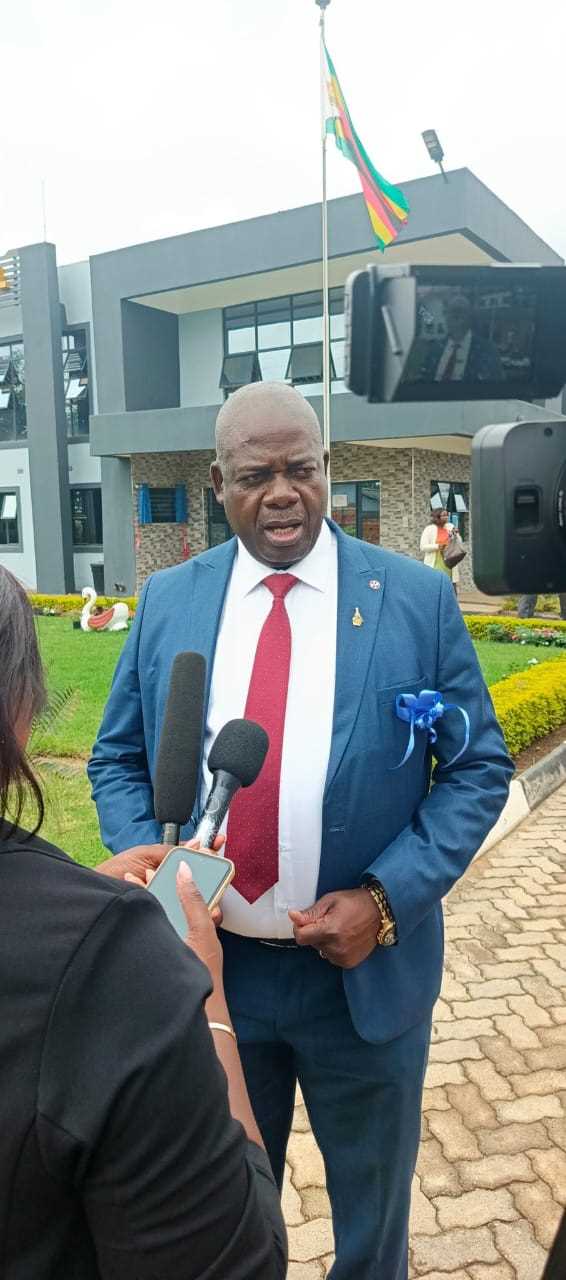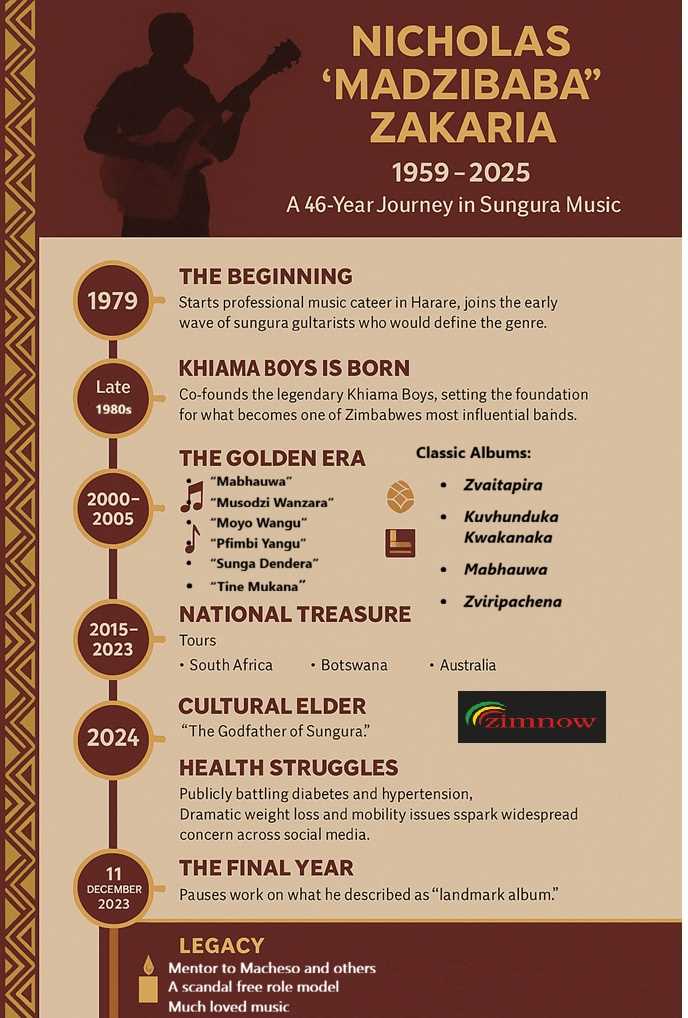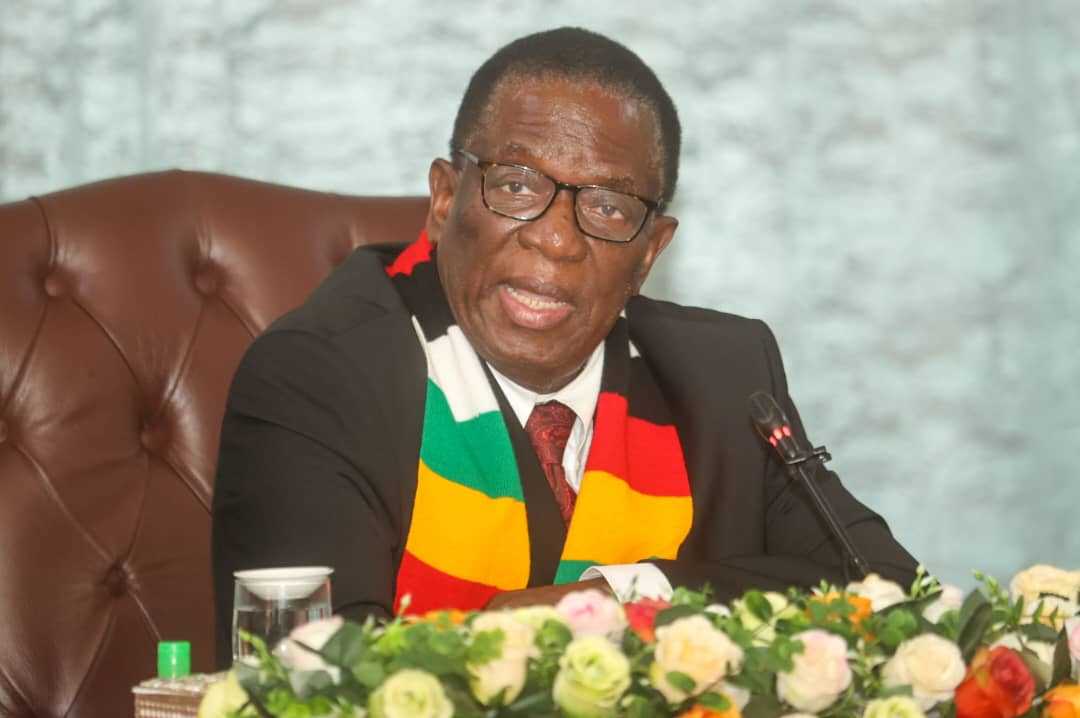
Zimbabwe’s 2026 national budget has introduced the country’s most significant overhaul of mining taxation in years, with Finance Minister Mthuli Ncube announcing a new sliding royalty scale that will see gold producers paying up to 10% — the highest rate in the region.
The change replaces the current flat 5% for large-scale producers and is intended to ensure the mining sector contributes more during commodity booms while closing gaps that previously existed between different categories of miners.
Under the new royalty structure:
• 3% for gold priced up to US$1,200/oz
• 5% for US$1,201–2,500/oz
• 10% for any price above US$2,501/oz
With international prices already above US$2,500/oz, producers will immediately fall into the top tax band.
Ncube also announced the liberalisation of gold trading, allowing individuals and authorised dealers to possess, sell, pledge or trade certified gold bars under regulated conditions — a move aimed at increasing transparency and attracting formal investment into the sector.
A Tight 2026 Budget
The mining reforms headline a broader ZiG290 billion (US$9.5 billion) budget focused on fiscal restraint and macroeconomic stability as Zimbabwe enters the National Development Strategy 2 (NDS2) period.
Treasury expects ZiG288 billion in revenue against ZiG290 billion in expenditure, leaving a narrow ZiG3.2 billion deficit — just 0.2% of GDP.
Government ministries had submitted bids amounting to ZiG828.5 billion, more than triple the ZiG253 billion Treasury plans to allocate, underscoring the extent of budget cuts.
Inflation Outlook
Ncube projected single-digit ZiG inflation by the first quarter of 2026 — a level Zimbabwe has not seen since 1997.
Annual inflation slowed to 19% in November, down from 32.7% in October.
Related Stories
Tax Changes: VAT Up, IMTT Down
Consumers will feel immediate pressure from a VAT increase to 15.5% (from 15%), effective 1 January 2026.
To partly cushion this, the Intermediated Money Transfer Tax (IMTT) on ZiG transactions has been reduced from 2% to 1.5%, while the rate on foreign currency transactions remains at 2%. IMTT will now be tax-deductible for businesses.
To compensate for lost revenue, Treasury is banking on the VAT adjustment — IMTT currently accounts for about 8% of tax receipts.
A Digital Services Withholding Tax will also be introduced on payments to offshore platforms, including e-hailing services, online content providers and satellite internet firms. Banks and financial institutions will act as withholding agents.
Revenue & Industry Measures
Other measures include:
- A 40% + US$2.50/kg customs duty on selected polyester fibres to strengthen the cotton-to-clothing value chain.
- Removal of customs duty on raw materials used in gas-cylinder manufacturing, including steel coils and plates.
- Incentives to promote a 24-hour economy.
- Expanded tax incentives and duty suspensions for Business and Knowledge Process Outsourcing (BKPO) operators.
- Recognition of interest expense as tax-deductible for commercial banks.
Zimbabwe continues to suffer heavy losses from road traffic accidents, costing the economy an estimated US$400 million annually and placing the country among the worst globally for fatal crashes.
Sector Allocations
The budget prioritises education, health, agriculture and infrastructure development:
- Education: ZiG47.4 billion — the largest allocation — for salaries, classroom construction and equipment.
- Health: ZiG30.4 billion to strengthen primary healthcare and expand rural access.
- Agriculture: ZiG26.8 billion for irrigation systems, dams, livestock support and grain reserves.
- Youth Empowerment: ZiG1.7 billion, including additional capital for EmpowerBank.
- Sports, Arts & Culture: ZiG841.4 million for facility upgrades, including the National Sports Stadium.
- Infrastructure: ZiG4.6 billion for upgrades to the Harare–Masvingo–Beitbridge and Bulawayo–Victoria Falls highways; ZiG1.1 billion for Kunzvi and Gwayi-Shangani dams.
- Security: ZiG46.8 billion for recruitment, training, accommodation, vehicles and implementation of the Military Salary Concept.
Risks Ahead
Treasury forecasts GDP growth of 5% in 2026, following an estimated 6.6% in 2025.
Remittances — projected at US$2.7 billion in 2025 and US$2.8 billion in 2026 — remain critical to the current account, which recorded a US$961 million surplus in the first nine months of 2025.
However, analysts warn that the VAT increase could add upward pressure on inflation, while revenue expectations depend heavily on mining and remittances, sectors vulnerable to global economic shocks.
Despite these risks, Ncube said government remains committed to “staying the course” on fiscal discipline to maintain currency stability and support progress toward Vision 2030.



















Leave Comments